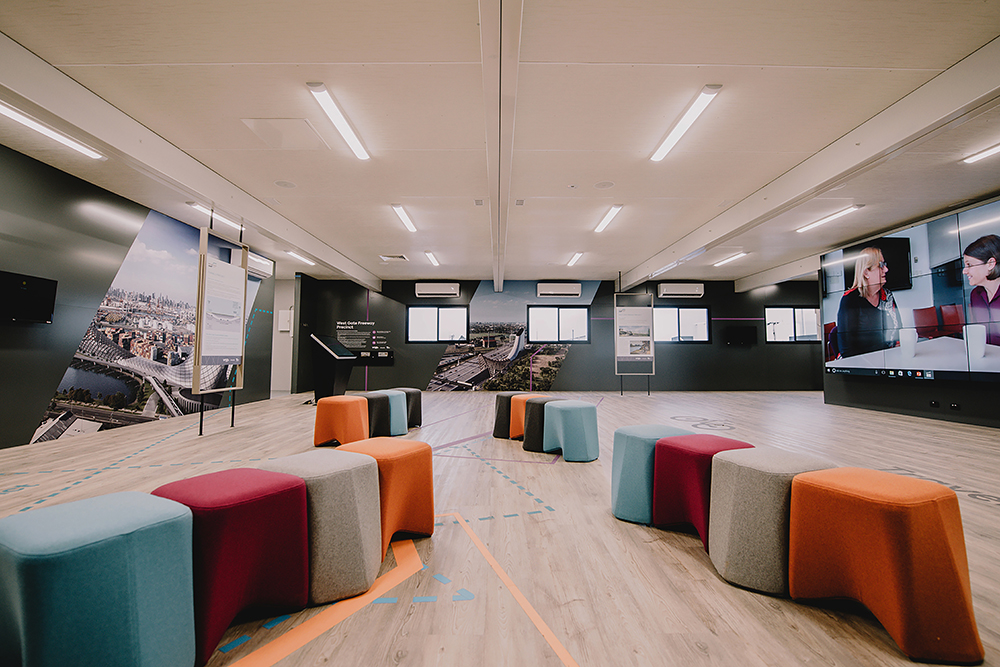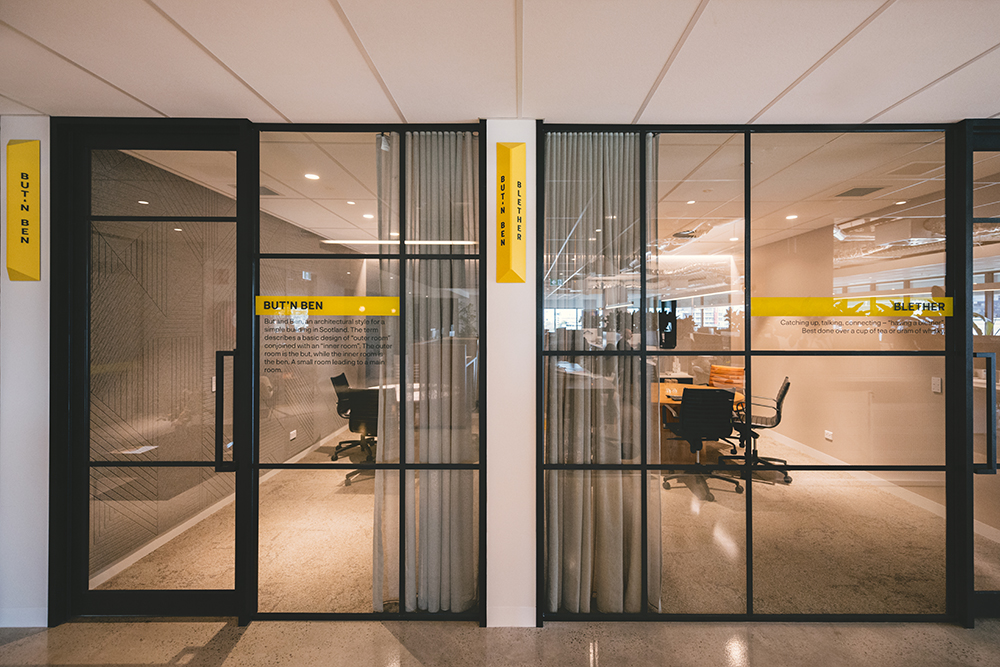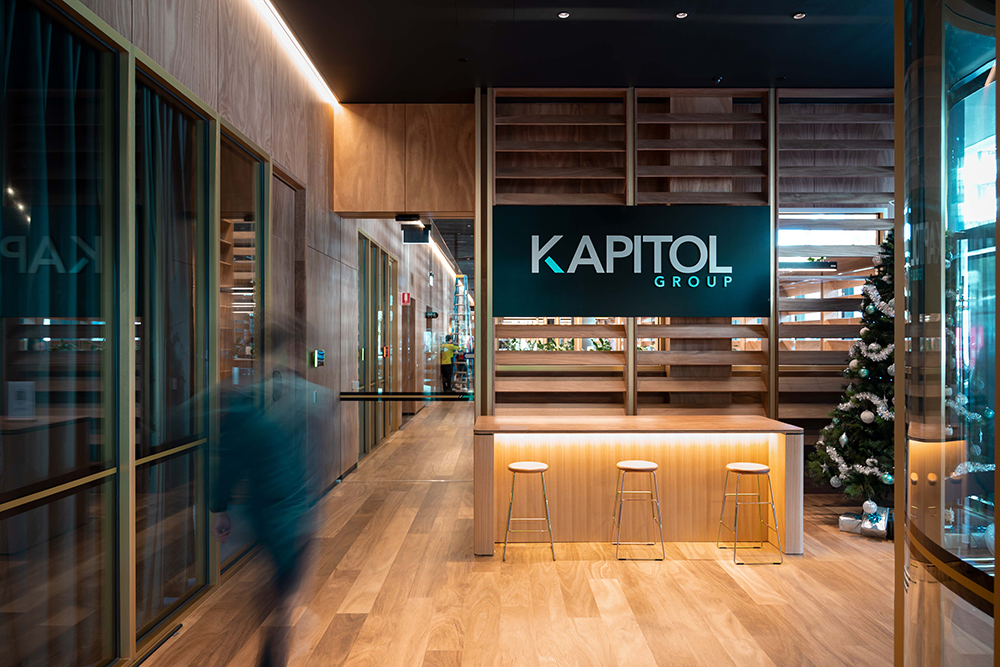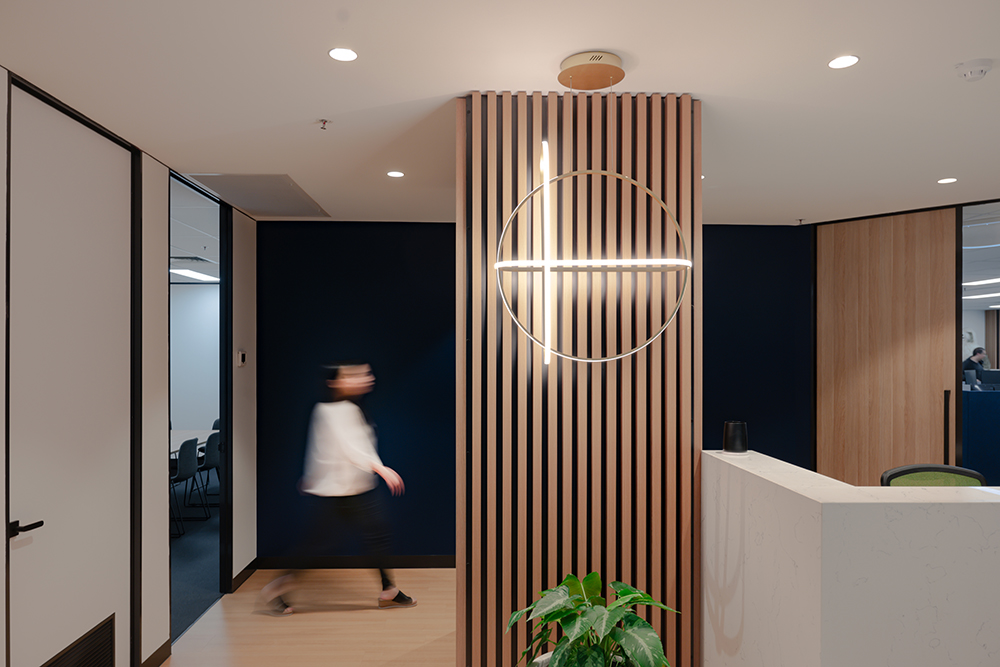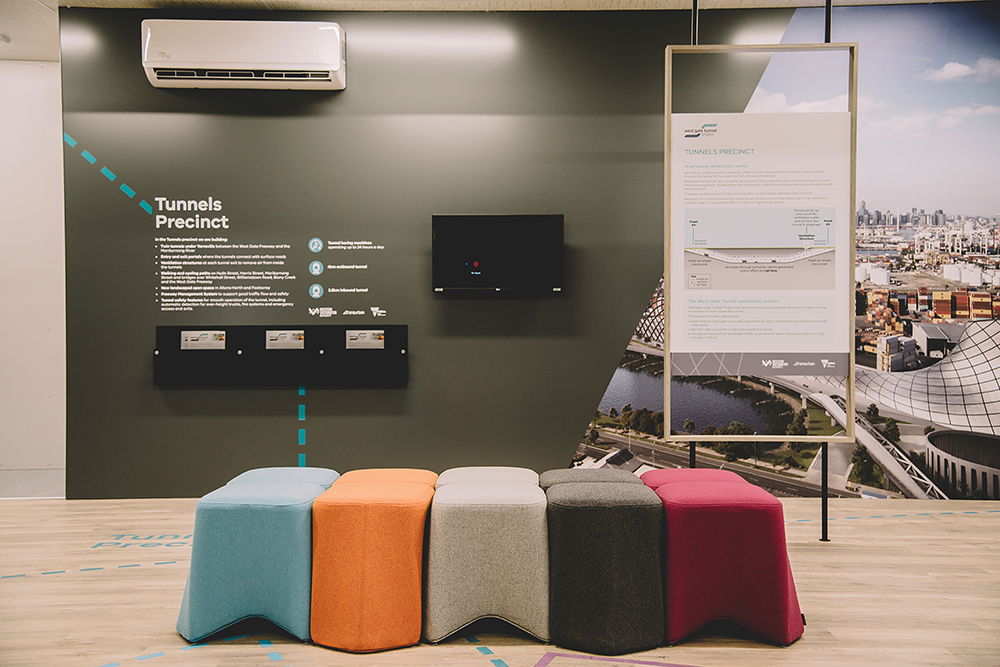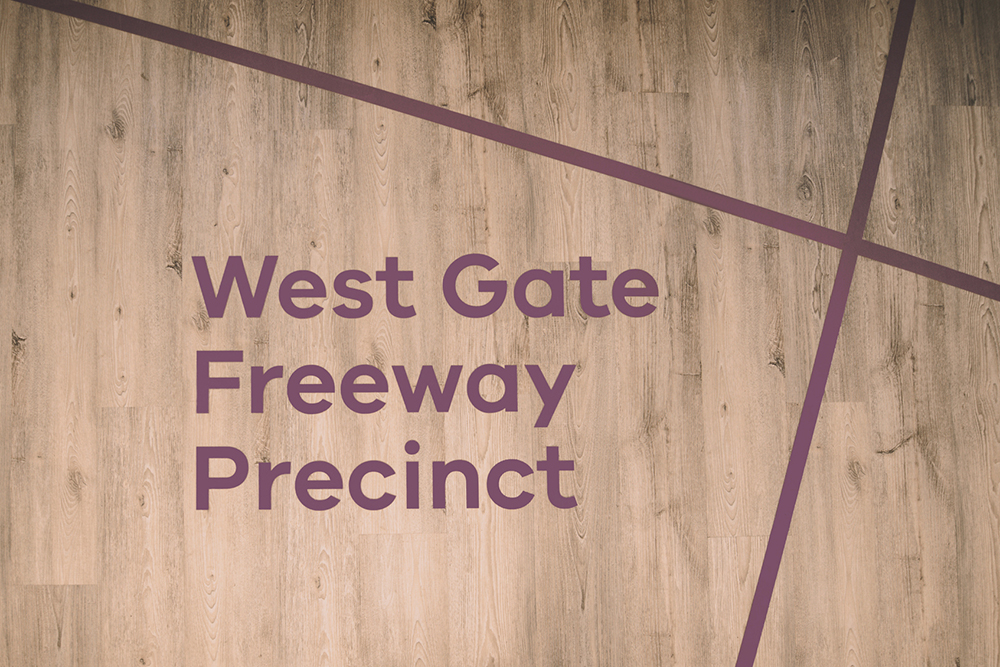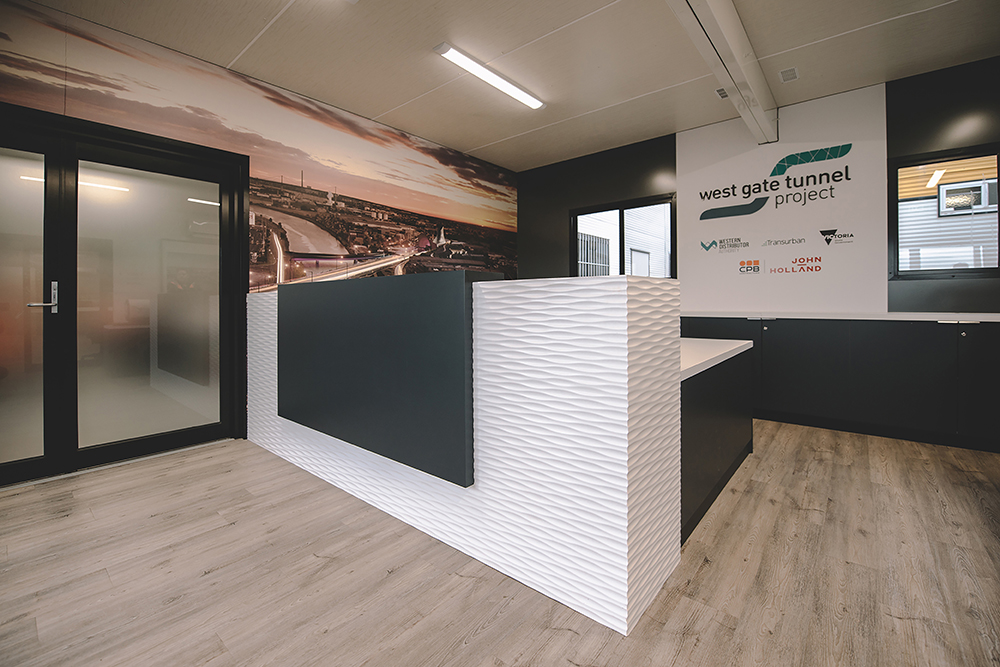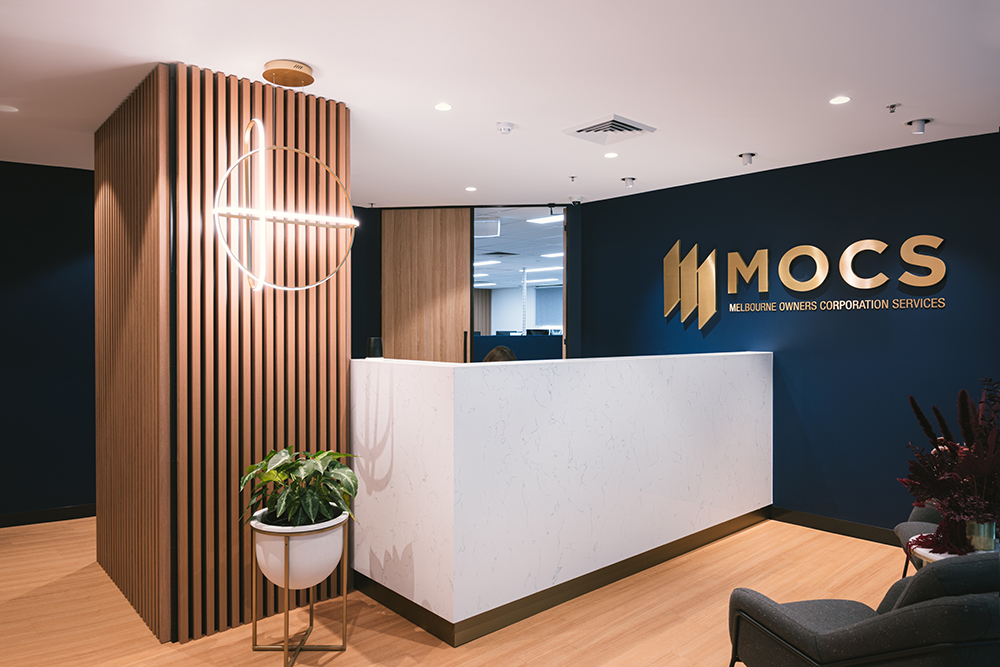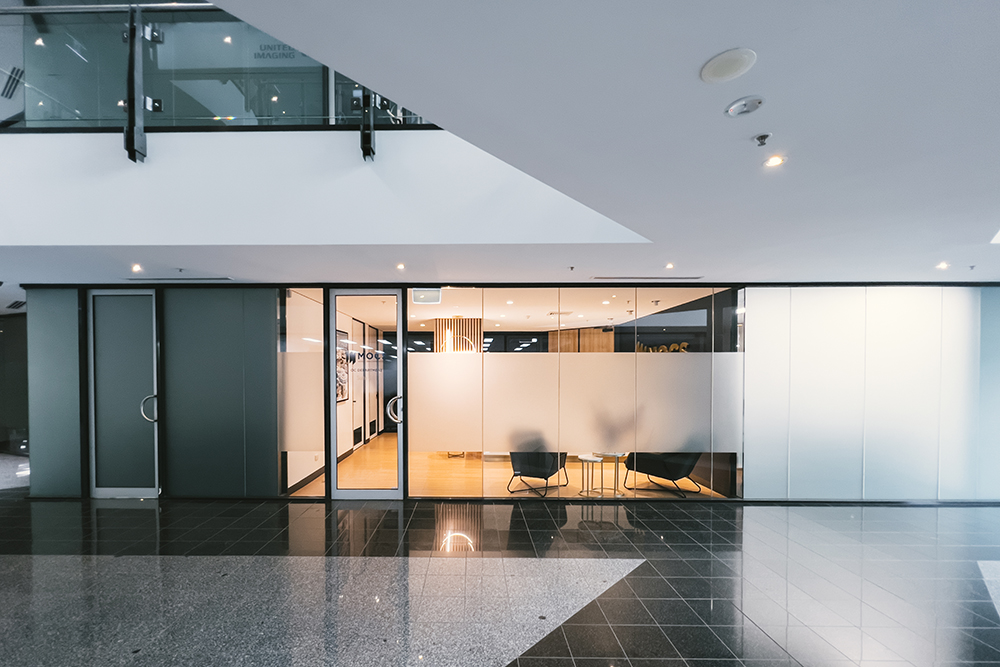WHY ENVIRONMENTAL BRANDING MATTERS
APRIL 2024
What is environmental branding
Environmental branding is the art of incorporating design elements within a space to craft a cohesive branded ambience. It entails infusing a brand's distinctive visual identity and personality into various environments, be it an office, retail outlet, restaurant, or hotel. The primary goal is fostering a lasting connection between the brand, space, and end-users. By doing so, environmental branding enhances end-users’ trust and loyalty to the brand, ultimately elevating it above its competitors.
Environmental branding encompasses elements such as signage, architectural features, landscaping, wayfinding, lighting, furniture, and artistic elements.
Why environmental branding matters
Environmental branding is significant whether a company is rebranding, renovating workspaces, or transitioning to new locations.
By strategically embedding brand elements into physical spaces, businesses cultivate a distinct and holistic branded experience, reinforcing the brand's essence and fostering deep emotional connections with audiences at every possible physical touchpoint.
Because of the unique brand perception achieved through tailored environmental branding design, it plays a pivotal role in distinguishing your brand from competitors.
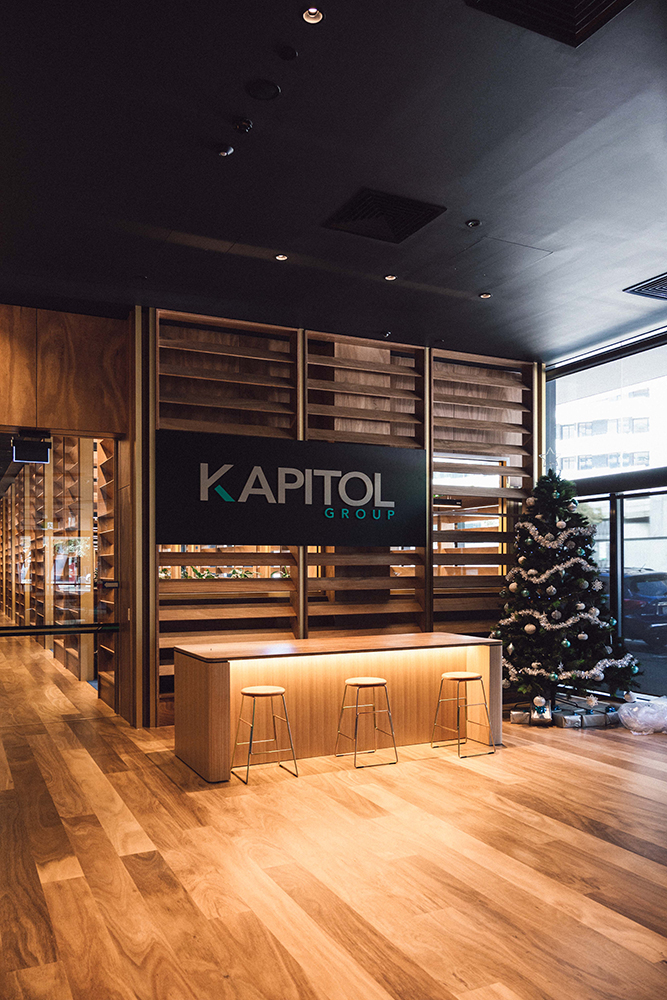
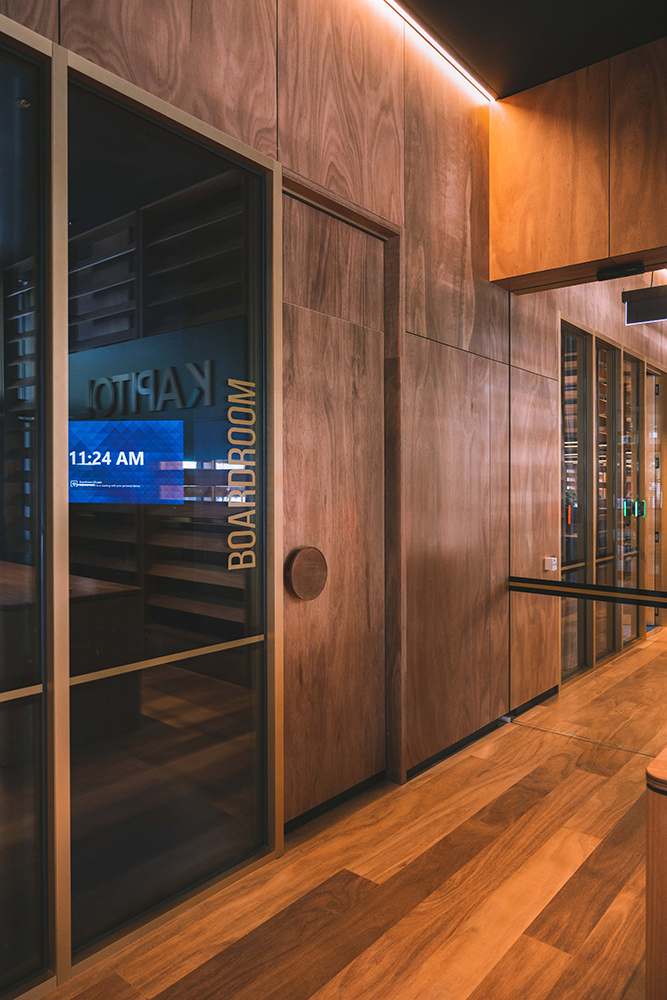
Explore the advantages of environmental branding
Strengthening Brand Recognition
Investing in environmental branding enhances brand visibility and recall. Consistent visual elements strategically placed in physical spaces imprint the brand in the minds of its end-users. This recognition, reinforced at every interaction point, creates a powerful and enduring association, increasing the likelihood of brand recall and preference.
Creating Memorable Experiences and Fostering Emotional Connection
Environmental branding transforms spaces into memorable environments, stimulating a sensory experience that leaves a lasting impression. By aligning these experiences with brand values, emotional connections are forged. As end-users engage with the brand in a meaningful and emotionally resonant way, it deepens loyalty, fostering a sense of belonging and affinity.
Establishing Brand Consistency
From physical spaces to online platforms, consistent visual language reinforces brand identity, and environmental branding ensures a cohesive brand representation across diverse physical touchpoints. As customers encounter the same brand essence regardless of where or how they engage, it establishes a unified and reliable brand presence, contributing to a more robust overall brand image.
Supporting Differentiation in the Market
The unique and thoughtfully designed physical environment helps your brand stand out, showcasing its personality and values. This differentiation is crucial for attracting and retaining customers who seek an authentic and memorable brand experience in a competitive landscape.
Questions to ask before investing in environmental branding
“Who are the primary occupants of this space?”
Before investing in environmental branding, identify the primary users of the space. Consider the demographics, behaviours, and preferences of the target audience. Understanding the user profile ensures that the environmental branding strategy aligns with the needs and expectations of those interacting with the space, maximising its impact and relevance.
“How do we intend for users to perceive this brand?”
Many considerations go into creating a successful environmental branding experience. And it starts with intention.
Clarify the desired brand perception among users. Define the emotions, associations, and values you want to convey through environmental branding. This question guides the design and messaging, ensuring that every element strategically shapes the intended brand image and fosters positive connections with the audience.
“What budget and ROI projections should we anticipate?”
Clearly define the budget for environmental branding and set realistic expectations for return on investment. Understand the cost implications of design, implementation, and maintenance. Establish measurable goals to assess the effectiveness of the investment, whether through increased brand recognition, customer engagement, or other key performance indicators.
“How should I strategise communication?”
Depending on the space's specific needs and requirements, developing a communication strategy for environmental branding can necessitate collaboration across diverse disciplines, including marketing, interior design, graphic design, landscape design, and architecture. Alignment with other brand touchpoints, such as the website, brochures, social media, and packaging, is crucial.
This synchronisation ensures a unified brand message and reinforces the brand identity consistently across all channels. Recognising that environmental branding is not a one-size-fits-all solution, it demands customisation to meet each organisation's and its stakeholders' specific needs and preferences.
“Is my marketing agency equipped to manage environmental branding?”
Assessing your marketing agency's expertise in managing and delivering environmental branding is critical. Consider partnering with professionals experienced in translating brand strategies into physical spaces, ensuring a nuanced understanding of spatial aesthetics, sensory experiences, and the ability to align these elements seamlessly with your brand identity.
When considering investing in your space, take the opportunity to go beyond fresh paint and new furniture and really communicate with your audience on a larger scale. A dedicated team can lead the transformation, managing the project from research to execution. The focus is not just on aesthetics but on creating meaningful experiences that influence behaviours.
FAQs
Q: Are there any limitations to environmental branding design?
A: Environmental branding design involves navigating several considerations to ensure a successful outcome. Key factors include space constraints, budget limitations, and adherence to local regulations. While creativity is essential, balancing it with practicality is crucial to crafting an effective and compliant solution. Recognising and addressing these limitations early in the design process allows for a more strategic and tailored approach.
Q: How can environmental branding design help improve employee morale?
A: Environmental branding cultivates a tangible connection, increasing employees' emotional investment in the brand. This immersion fosters pride and ownership, transforming them into passionate brand advocates.
Q: Would it be too late to invest in environmental branding if I’ve already had the space fitted out?
A: The timing for environmental branding is flexible, and there is always time to invest. Even if a space is already fitted out, there are ample opportunities for brand enhancement. Tailoring solutions to existing spaces is a common practice, providing avenues for differentiation and improved user experiences. Whether through strategic updates to signage, graphics, or immersive elements, It's a dynamic process that adapts to the evolving needs and objectives of the brand.
Q: Is environmental branding only for retail spaces, or can it be applied to offices and other environments?
A: Environmental branding is versatile and applicable to various spaces. It's not exclusive to retail; offices, healthcare facilities, and other environments can benefit from tailored branding strategies that align with each setting's unique needs and objectives.

Examples of environmental branding projects Micio has completed: Alchemy Construct South Melbourne Office, Kapitol Group Docklands HQ, WGTP Visitor Info Centre, MOCS Hawthorn East Office.



